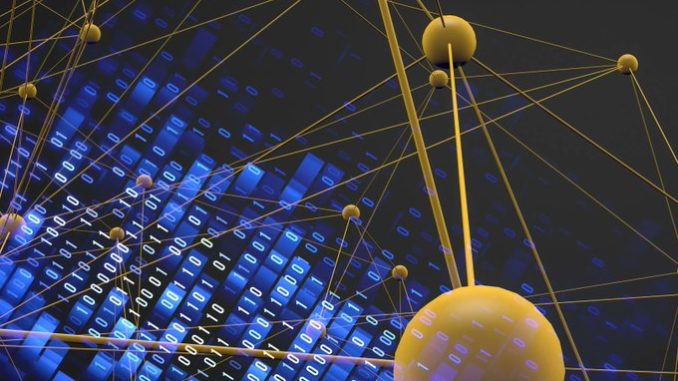
About a decade ago, deep-learning models started achieving superhuman results on all sorts of tasks, from beating world-champion board game players to outperforming doctors at diagnosing breast cancer.
These powerful deep-learning models are usually based on artificial neural networks, which were first proposed in the 1940s and have become a popular type of machine learning. A computer learns to process data using layers of interconnected nodes, or neurons, that mimic the human brain.
As the field of machine learning has grown, artificial neural networks have grown along with it.
Deep-learning models are now often composed of millions or billions of interconnected nodes in many layers that are trained to perform detection or classification tasks using vast amounts of data. But because the models are so enormously complex, even the researchers who design them don’t fully understand how they work. This makes it hard to know whether they are working correctly.
For instance, maybe a model designed to help physicians diagnose patients correctly predicted that a skin lesion was cancerous, but it did so by focusing on an unrelated mark that happens to frequently occur when there is cancerous tissue in a photo, rather than on the cancerous tissue itself. This is known as a spurious correlation. The model gets the prediction right, but it does so for the wrong reason. In a real clinical setting where the mark does not appear on cancer-positive images, it could result in missed diagnoses.
